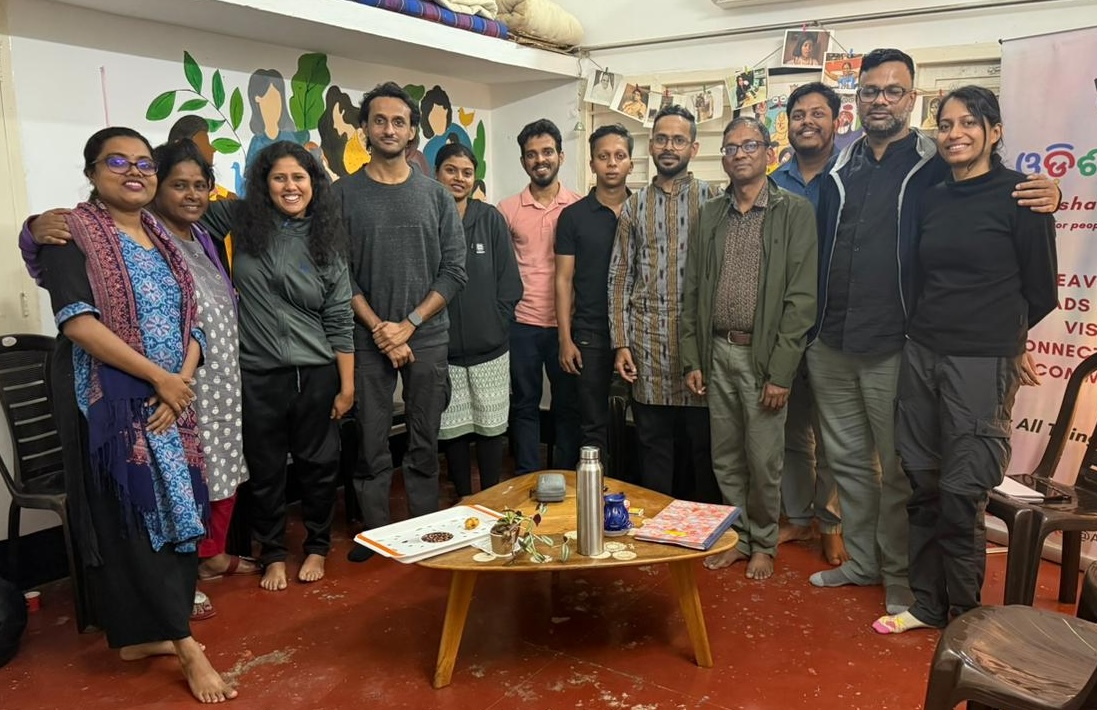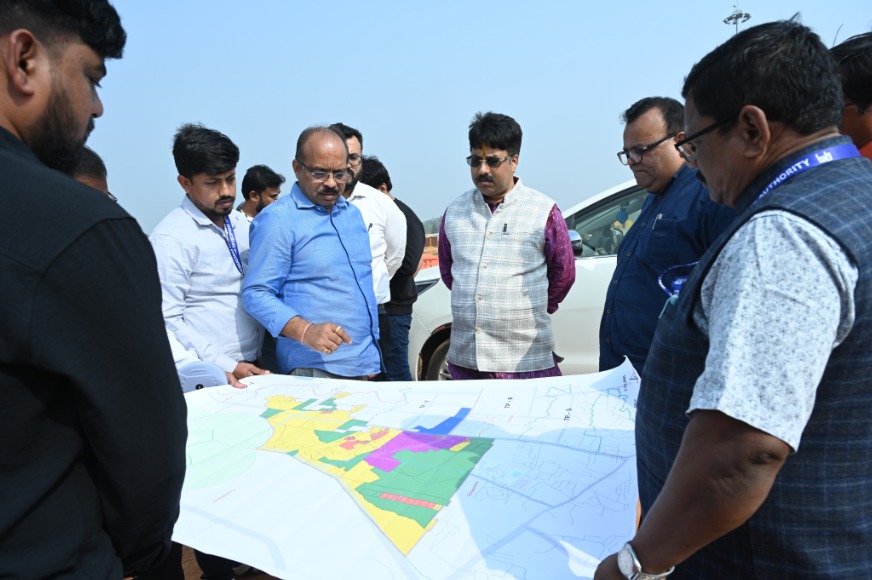New Delhi: The Supreme Court of India has dismissed all pleas advocating for paper ballot voting, 100% Electronic Voting Machine (EVM)-Voter Verifiable Paper Audit Trail (VVPAT) verification, and physical deposit of VVPAT slips. A two-judge bench comprising Justices Sanjiv Khanna and Dipankar Datta delivered the verdict at 10:30 AM today, addressing several critical aspects related to the electoral process.
The court issued two key directions as part of its judgment. Firstly, it mandated the sealing of the Symbol Loading Unit (SLU) after the completion of the symbol loading process, with the SLU required to be stored for a minimum of 45 days. Secondly, the court ordered the examination of the burnt memory in the microcontroller EVM by a team of engineers upon the request of candidates in serial number 2 and 3 after the declaration of results.
Justice Khanna, while announcing the verdict, stated, “The expenses for the verification (of the program) to be borne by the candidates making the request. In case the EVM is found to be tampered, the expenses will be refunded.”
The Supreme Court’s decision comes after it reserved its judgment on April 24, seeking clarification from the Election Commission regarding the 100% verification of EVM-VVPAT. During the proceedings, the bench raised specific technical queries about EVMs, particularly regarding the reprogrammability of their microcontrollers.
In response, the Election Commission of India assured the court that the microcontrollers in EVMs are one-time programmable and cannot be altered after manufacture. The ECI emphasized that any tampering with EVMs is not possible and conducting a complete count of VVPAT slips is neither feasible nor practical.
The VVPAT system serves as a crucial tool in ensuring the integrity of the electoral process by providing voters with visual evidence of their vote. Paper slips displayed on the VVPAT machine for seven seconds enable voters to verify their vote, including the candidate’s serial number, name, and party symbol chosen.





